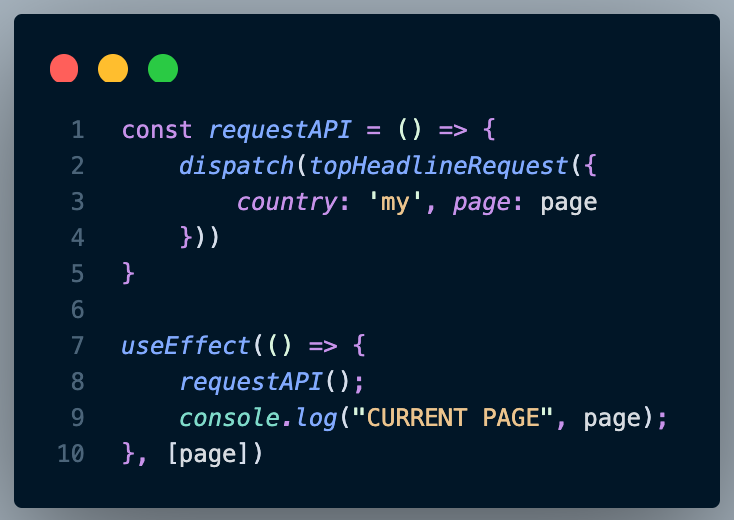


Since we are only interested in one boolean, we can look at that value, and use Jest’s toBeTruthy() and toBeFalsy() matchers. Notice in this example, I’m not going to create an expected result state. All our first action is responsible for is toggling a boolean value. As you’ll see below, you will want to tweak the formula for specific cases, but they will all follow this template. To keep things even simpler, if your application doesn’t have an initial state, you can declare start from scratch. const startState = // expected result state const action = actions.myActionCreator() //include arguments as needed const actual = reducer(start, action)īoom. Our initial state (and states we use in testing) will be plain objects. Unlike testing thunks, no mock stores necessary. The only setup I use is to use the startState object if I need to have an initials state for every test. With a little setup, you can follow this pattern and knock out reducer tests like a pro. But don’t fret! Since reducers aren’t complicated, neither is writing tests.

For that reason, you should have tests for every action your reducer could take, and every logic branch that they could take. If you are using Redux in your application, that means your store is a core part of it. You dont directly create a reducer, you create an object of namespacedReducers. Just because the code is simple doesn’t mean it shouldn’t be tested. This does a lot of stuff under the hood compared to Redux in an opinionated way. A current state and an action go in, new state comes out. These tests will ensure that when we pass actions into our combined reducers, the root reducer reflects those changes.Redux may come with a lot of boilerplate, patterns, and libraries, but at its core it’s simple. /rebates/&.com252fShowUserReviews-g55145-d279031-r159250125-NorrisDamStatePark-RockyTopTennessee. It updates the state and responds with the new state. These functions accept the initial state of the state being used and the action type. These are essentially "sanity checks" to make sure everything works together. REDUCER: In redux, the reducers are the pure functions that contain the logic and calculation that needed to be performed on the state. These tests will pass because we've already correctly created our root reducer. These tests are checking the same thing, first with our reducer for the ticket list and then with our reducer for form visibility: does the default state of our combined reducer match the state slice of the root reducer? This is part of the reason we need to instantiate a store - so we can use Redux's getState() method. Src/reducers/form-visible-reducer.js const reducer = (state = false, action) => )) You should know that it uses actions and reducers to manage state and most people tend to. We'll create a file in _tests_ and add the following test: We will not explain here how redux is structured and how it works. Our first test will just check to make sure that the reducer can accept a boolean value ( false) and return the default state if no action type is provided. We need to test it and get it working independently before we combine it with our existing reducer.Īs always, we'll start with a test. Creating a New Reducerįirst, let's create our new reducer. state object Current Firebase Redux State (state.firebase) action object Action which will. As stated in prior lessons, it's fine if Redux handles local state but there's no one size fits all approach. You will have the chance to move all local state into Redux during class time, which is excellent practice for improving your Redux skills. On the other hand, handling selectedTicket with the Redux store would require quite a bit more refactoring in our TicketControl component because it is changed in so many places. However, making this change provides the simplest use case in our application for making an additional reducer, combining it, and then doing minimal refactoring in our application to get it working. If the Help Queue were a production application, we'd probably leave formVisibleOnPage as local state instead of adding it to our Redux store. Then, in the next lesson, we will integrate our combined reducers into our React application. Then we will learn how to use Redux's combineReducers() function to combine all of our individual reducers into a single root reducer.

In this lesson, we'll create an additional reducer to handle the formVisibleOnPage boolean in our React application. Well organized and easy to understand Web building tutorials with lots of examples of how to use HTML, CSS, JavaScript, SQL, Python, PHP, Bootstrap, Java. However, what should we do once our reducers start handling multiple slices of state? Because our Help Queue is a simple application, we can handle all of our actions with a single reducer.


 0 kommentar(er)
0 kommentar(er)
